Ritchey Outback: Quick Review – by Grannygear
I am sitting trailside at 7000’, looking at the green, steel, gravel bike leaned against a stump not far from me. It says Ritchey on the downtube. The air is cold. Without the sun on my back it would be a bit much, but the sun makes the difference and I am enjoying a fine Fall day, sitting here with the scattered oak leaves at my feet and my breath showing with every exhalation like a puny steam engine.
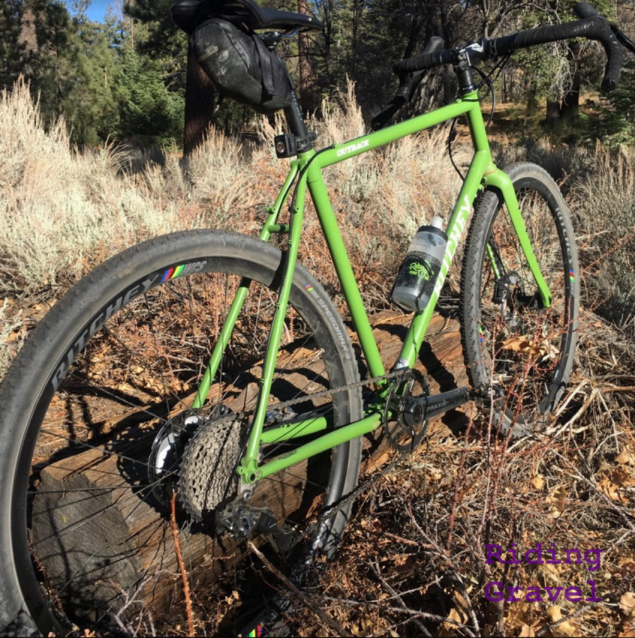
It has been a challenging year/month/day filled with demands and expectations and I am pondering the act of riding bikes with no real agenda in mind, of riding as a healing force in our lives, and I am reflecting on a recent article centered on another Ritchey bike that I read a few days ago It is easy to get all caught up in the performance metrics of a bike…weight, stiffness, speed, etc, and miss the forest for all the trees printed on some advertising page. As someone who is tasked with reviewing cycling related equipment, it falls to me to do the best I can, working within my skill set and experiences, to tell you what is what, how things perform, etc. Is it day old fish or freshly caught? Is it any good? Is it ‘fill-in-the-blank’?
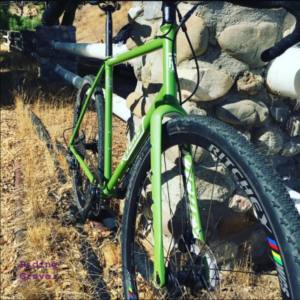
And here I sit, looking at the Ritchey Outback and wondering how to express what I have experienced with this bike. After all, it is a different approach to what is typically on the bike shop floor. But different for the sake of different can be a mistake. Like the recent gravel bikes that mimic MTB trail bike geometry. Some things are the way they are for a reason. Dimensions, angles, etc, are pretty refined for road bikes but are still a bit muddy for gravel bikes. And the Outback does do something unique in that regard. Is it an epic fail or a reason for being?
Before we get into that, let’s get a bit of background down on paper.
It seemed like California was on fire when the 2020 Ritchey Outback showed up on my doorstep, so it sat in the box for a while. Too much smoke. Too much heat. 116 degrees? Really, Summer 2020? Even Fall took a while to get nicer, but now we are having cool mornings and reasonable days, just make sure you bring lights for the shortened daylight hours.
So with about a month to get onto the Outback before it goes back to the mother ship, l had to make the best of it.
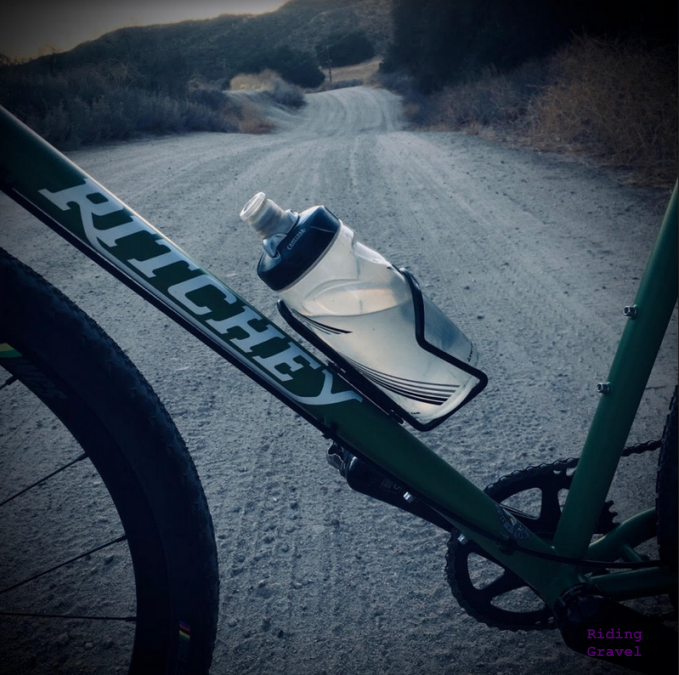
You may remember that I reviewed the previous iteration of the Outback and liked it very much, but with some reservations. It had a bit of a steep front end for the nastier dirt road sections we have in So Cal, the tire clearance was limited for really fat 700c gravel tires (like 43mm ones), and I would have added 10mm or so to the stack height.
That said, I still would have liked to have owned one as I think it made a great all-road platform. It had a nice ride, quite solid enough, but with that lovely, springy, response that steel can provide. But the name Outback brings to mind a level of adventure and ‘out there-ness’ that, to my way of thinking, did not jibe with the bike’s character.
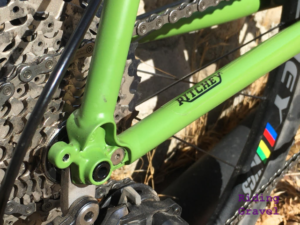
This new one jibes. It absolutely brings to mind a ‘pointing to the horizon’ mindset. Just pedal away. Skinny steel tubes have a timeless attraction to my old eyes. And the Outback has that with the Ritchey Logic butted tubing. The color…what they call Guac y Crema, is darn good looking for an adventure bike. You see lots of braze ons: 3x water bottles on the main frame, 3-pack fork mounts, and fender and rack mounts. Fully decked, in that regard. The flat mount brake mount is tidy as is the integrated seat post clamp pinch bolt. Through axles in the 12mm variety, a replaceable dropout, and an integrated headset for that non-tapered steerer on the carbon fork give it a modern touch, but a simple and effective threaded bottom bracket shell keeps it eezy-peezy for maintenance.
The cabling and hydraulic lines are external which makes good sense for globe trotting, and the routing can work for 2x or 1x mechanical drive trains. My sample is Shimano GRX 1X equipped with a 40T chain ring and a 11-42 cassette, the exception being the Praxis crank. The bars are pretty wild…wide and flared like trees are never close together. Of course Ritchey components are all around…stem, seat post, wheels, tires, and saddle. There is no sign of carbon, but it weighed out at 21lbs 9oz with no pedals or cages, etc. That is really not bad at all.
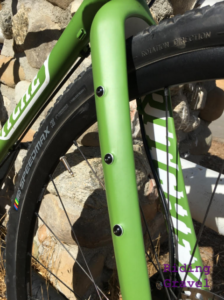
The tires are Ritchey Speedmax in a claimed 40mm size but they are 40mm and they are not. The casing is actually 40mms wide but the tread is only 35mm by my measurement. Odd. They look to be fast rolling though, but I am not sure I would trust them too far on our rubbly and sandy roads here. We shall see.
It had been a while since I looked at the sizing chart for the Outback, and that was to know what size to ask for for review. I have an XL. I do recall looking at one dimension that stood out as very different. Chain stay length was quite long. I remembered it as 445mm. That is about a half an inch longer than my Lynskey and that 445mm number seemed excessive. But one thing I often do when I am reviewing a bike is avoid studying the geometry too much so I do not bias my feelings before I ride it. And so I went riding on the Outback as it came out of the box, although I did change the stem from a 100mm to a 90mm just for comfort’s sake.
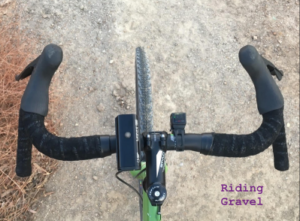
And I rode it on the street. And I rode it in the dirt. And I rode it on good roads and bad roads. And I began to form impressions about the Outback, such as it felt like the bottom bracket drop was a bit less than I am used to, the back end did feel long, but not really as long as I thought it would, and the steering…whatever Tom Ritchey did with it, really felt spot on. It also rode pretty well, compliance wise, and those odd, wide, bars were actually pretty cool. Oh, and I really liked the saddle. And really disliked the tires. They were a bit iffy on hardback with rubble over it and they cut into sand like a plow gone mad. Fast rolling though. If I owned this bike, I would fit the biggest tires in either wheel size that fit. I measured 61mm of room at the rear stays for a 650b tire, bit less than that for 700c.
Now that I had some ideas in my mind, I looked at the numbers again. I guessed the bottom bracket drop right. 68mm is a bit high (but would work well running 650b tires and wheels). The head tube angle of 71 degrees and the 50mm fork offset play really well together. But I missed the chain stay number. I thought it was 440-ish. Nope. It’s 453mms of steel hanging back there. Oh my. Now if I had read that as a perspective customer, I would likely have stopped right there and moved on. I mean, holy 1985! But not so fast there, buckaroo…let’s take a holistic look at this before we pass judgement.
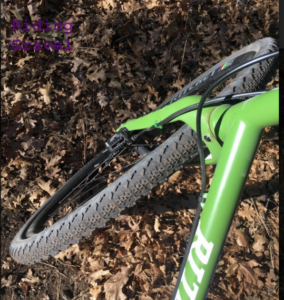
First of all, any one number does not define a bike. You need to take it as a whole, not in part. And you need to understand the audience for that bike. And you have to realize that there is no, one, perfect, number at all. That said, does the longboard back end ruin the bike? Not at all, in fact it defines it more than anything, limits it in a small way, and actually just works. In fact, I would argue that it’s better than a really short chain stay, say 420mm or so, on a gravel bike. In fact, I think that is too short to make sense on a gravel bike. Period. I recall testing two 29″er FS MTBs that had long rear ends on them, both with pretty steep (for the time) head tube angles. On the Niner RIP9, I set a PR on a twisty single track that I have yet to best on any other bike. The front tire was weighted and the rear end tracked and kept it stable. Freakin’ fast! But I would not be so stoked on it for steeper, deeper things. To me, really short back ends in gravel bikes trade off too much stability for dubious gains.
I noticed the long stays on the Outback as a slight negative when I was out of the saddle on gentle rises in the road and when I was out of the saddle on steep pitches in the dirt where I had to manage weigh shifts to stay hooked up. And I noticed it in stability. It’s staaAAble. Like Sheriff Andy Taylor would say it, stable. I noticed it, that length behind me. But it did not really matter. The steel frame still felt good when prodded, moving up the hill with little complaints, and it turned just fine, even on the road. And I was generally just having a good, but not great time on it when on mixed surface rides. In that use, the 435mm stays on my Lynskey felt more ‘tucked under’ and responsive, but it was a subtle difference.
Which brings me back to the mountains, the cold air, the fallen leaves, and the log. You know how there are different personalities in dogs? Always surprises me, those differences. Now some dogs are very happy to get a run in the park or a walk on the path, get fed, get petted a bit, then nap. Life is good. But there are other dogs. These dogs always have their nose in the air, ears perked, and eyes on the horizon. They like naps too, but they want a run in the hills or a walk where wild things live and the trail needs to be more than what a gardener made. The Outback is that kind of dog.
Having spent the last couple of hours riding on rolling doubletrack in the half frozen forest, sprinting up rooty pitches, then descending the other side with as little brakes as I could muster, then turning to exploring back alleys with ice patches, then spinning back on the streets to get to where I am now…sitting on that log, well, there are two happy dogs here. The Outback and me. Outback and I? The two of us. Arf! It really does a great job of keeping things feeling mellow when at pretty good speeds in the dirt and carving along that old forest path was sooooo fun.
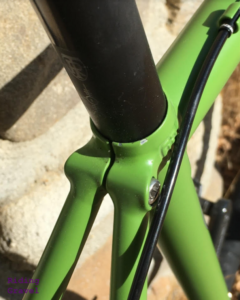
The long wheelbase, the generous tire clearance, the nice steel ride, the utility of the frame/fork attachment points…this bike is OK for that 50/50 road vs. dirt style of gravel bike use that I know. It’s what I need to do based on where I live. It’s why I still prefer 2x drive trains. Fits my use better. The Outback would not be at the top of my list for that type of riding. But it comes alive when you slow down a bit, get off the too-beaten path, and let ‘er rip (in moderation, of course). Add a set of 2.1 650b tires, maybe a rear rack and panniers (because that long back end will help with that), or just some soft bikepacking bags…it’s horizon time. The wide bars would be great for making room for a rolled up bar bag. And that approach sets it apart a bit from the many gravel bikes that follow a rather different path, design wise.
At The Finish: In the end the Outback as a whole is more than one number. And although it is not for all rides or riders and it may not be the best choice for a ’50/50-Bar’ approach to road riding/gravel riding, it does not suck at it either. This might even be a decent touring type bike, although that is out of my wheelhouse. But where it really comes alive is when it’s loping along through the forest, like that ‘other dog’. And if the end of the ride is a spot by a campfire or a hot coffee at the cafe where the edge of town meets the mountains, either will be fine. When I just rode it that way with no agenda and let my nose determine the direction, it was all I needed it to be and more.
For more on the Ritchey Outback see the website here; https://us.ritcheylogic.com/us_en/bike/frames/outback-frameset
Note: Ritchey sent the Outback to Riding Gravel for test and review at no charge. We were not paid, nor bribed for this review and we always strive to give our honest thoughts and views throughout.


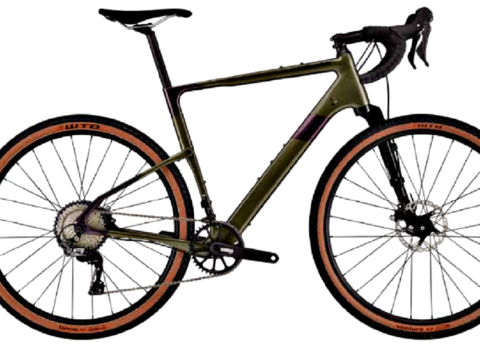
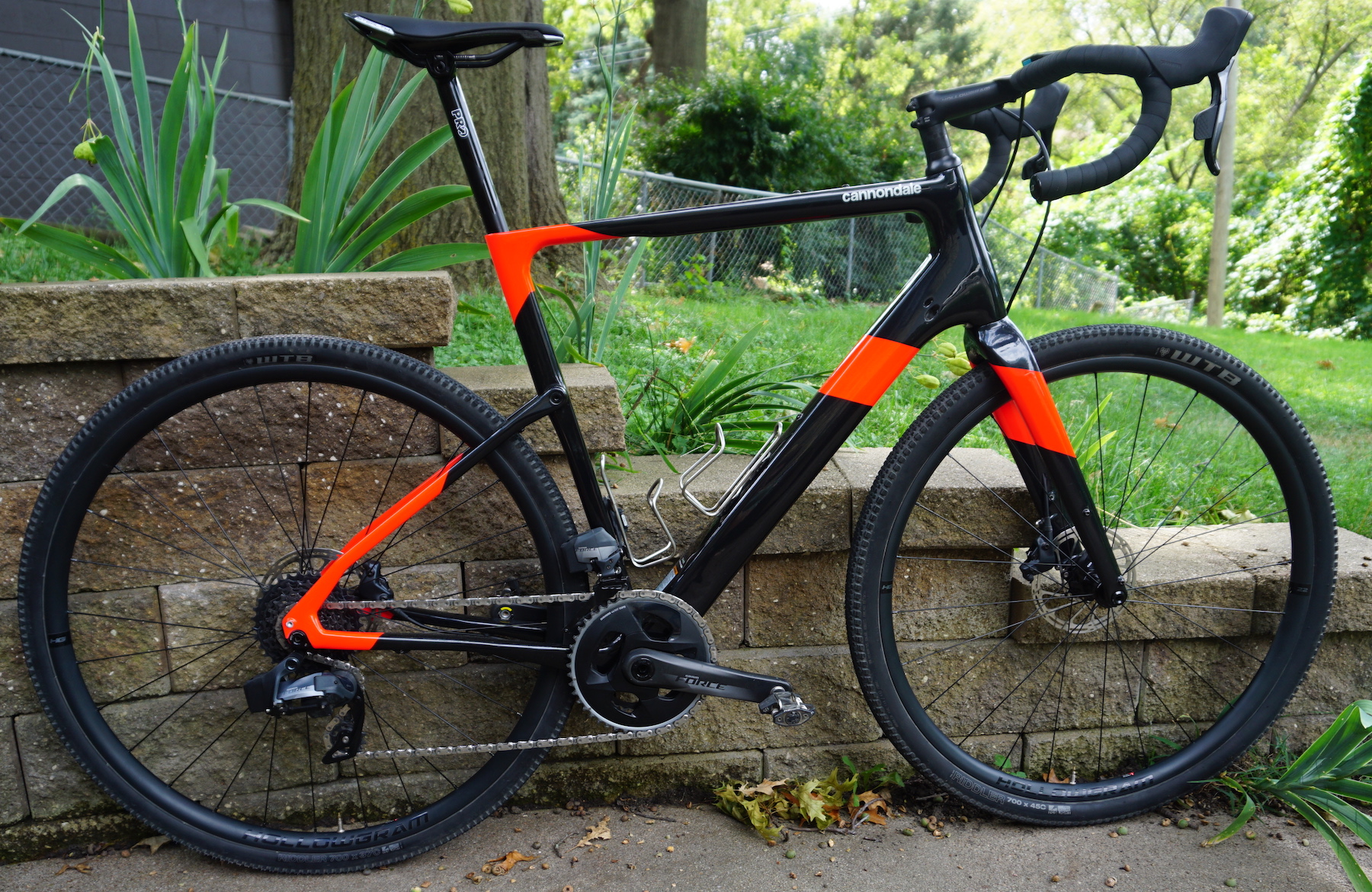
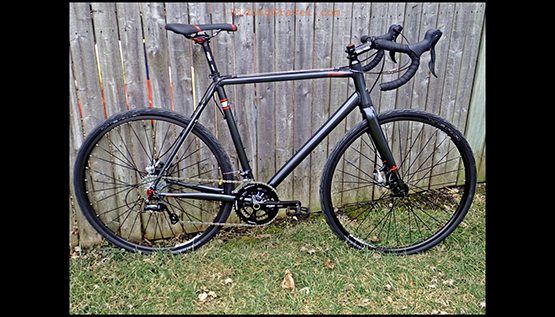
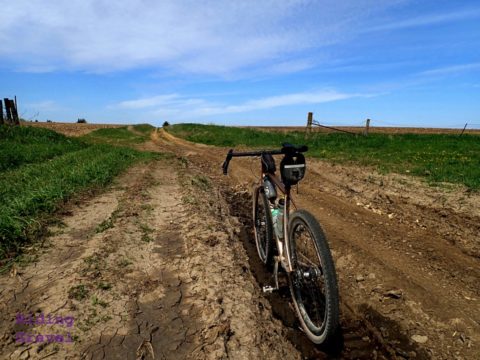
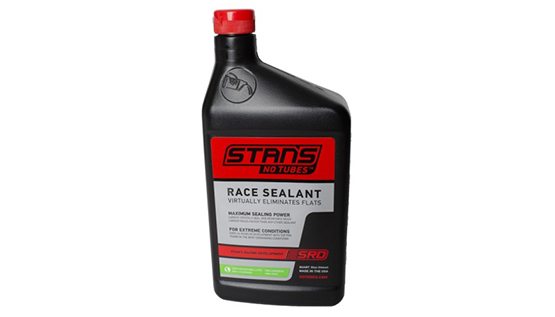
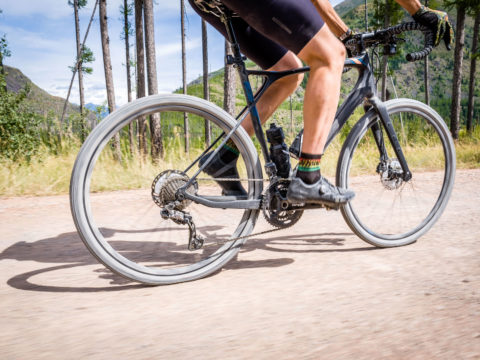
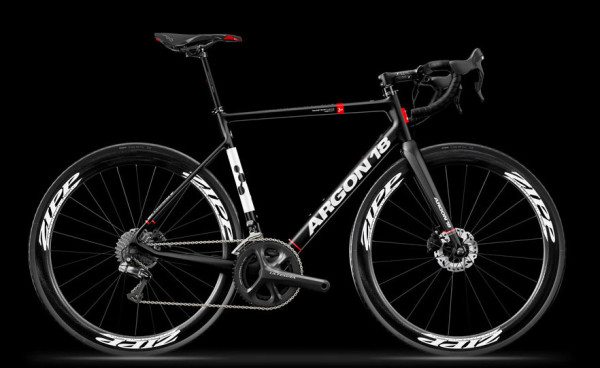


Really well written.
Hello, nice review. I’ve been looking at the outback for a while and see they are back in stock, and I am trying to decide between the L and XL. Did you find the XL was a good fit for you. I was wondering what your saddle height was and how much saddle to bar drop you had. It seems most outbacks I see have a lot of spacers which doesn’t bother me. I figure if I can fit on the XL it would need less spacers than the L would. thanks
@Jeff E…It was a good fit. Those wide bars extend the reach, but once I added a 90MM stem it came together. My saddle height is 30.5″ from BB center to middle of saddle. I did not measure bar drop. Ritchey seems to like a low stack bike. I also could have flipped the stem if I needed more bar height.
gg
I have a medium size Outback and agree with most of what’s said. I want to warn the stack on these bikes is less than what is commonly out there for gravel bikes, like 30mm less. But I love the bike. I have Spinergy GX wheels on it, and carbon crank and post, and it weighs 21 lbs. even with CB Candies! It’s now my only drop bar bike, and I use it for mixed 50/50 rides. Haven’t taken it out on any trips yet (got it in September) but it will get some heavy use next year.
I know the Ritchey will be more refined than my AWOL, but they have similar geometry: the AWOL has 2mm shorter CS, 2mm lower BB and 1deg steeper HT. What you’ve written here gels pretty well with my experience.
Mine is a pretty sturdy beast at closer to 25lb. Still, with that long rear end, and running Scribe wheels and Maxxis Ikon 29×2.0s, it’s a fun mixed surface bike and a great doubletrack bike. It doesn’t have the snap of my Ti Enigma Escape, but it just wants to roll forever once up to speed.
What handlebar was on that bike?
@Jon…IIRC it was the Venture Max.
gg
Hi,
Thanks for that Great writing.
The dog thing make sense.
Maybe you can help me with a decission.
I currently riding a lynskey gr260 with a curve gxr fork ( 401 ac and 51 Rake)
With 2.1 650 b and 700 38mm , i happy with it , But i Feed in the dirt its a Little to harsh and on Pavment its a Little Slow.
So i was looking for something more in the dirt, But still with enough fun and Power.
Can you Compare these two bikes, except from their geo Chart.
And do you would recommend to make a decision for one feeling, to be honest to one self.
And just get something like the ritchey outback and a roadbike.
Instead a gravel bike , like the linskey?
Thanks a lot upfront
All the best stay safe and healthy.
Dom
@Dominik…Well, my personal gravel bike is a Lynskey GR250 gen 1. It has a fork from 3T on it that is not what Lysnkey does now, but the in-house fork was not ready yet. It actually is nicely compliant, that fork. I actually prefer the handling of the Outback over the GR250…feels more neutral. But neither of these are snappy feeling road bikes. If I was looking for that, I would look elsewhere. But I am a fan of having a real road bike, no matter the material. You can make do with a gravel bike for road, but it’s always a compromise. If that is OK for you than fine. It’s not for me.
Hi, thanks for your honest and spot on answer.
I seeing this the same way, and not sure if I am a fan of short chainstay snappy gravel bikes.
So i go for a road bike instead.
Although the curve grx ti is worth a sin..
But if you had the chance to decide , the outback or the lynskey for what you described as forest adventures , dirt touring and having fun in the gravel world.
What would you pick right now, if you have to choose one.
Thanks again.
All the best , stay safe and healthy
Dom
I am considering the outback but at 6’2” I’m concerned about the short seat tube length and stack of the xl. You tested the xl how tall are you and what is your inseam? Did you find the xl too small? (I ride a 61cm road bike)
I am debating between a small and a medium. I had a Norco Search XR steel (stolen now… arggggh) and would like to replace with an Outback. The XR was a great fit with a reach of 382 and stack 560. Size 53 cm
I am 5’6 -5’7” (169 cm) with a 79 cm inseam.
I am on the bubble between the S and the M but Medium but the stand over is 795. Suggestions?